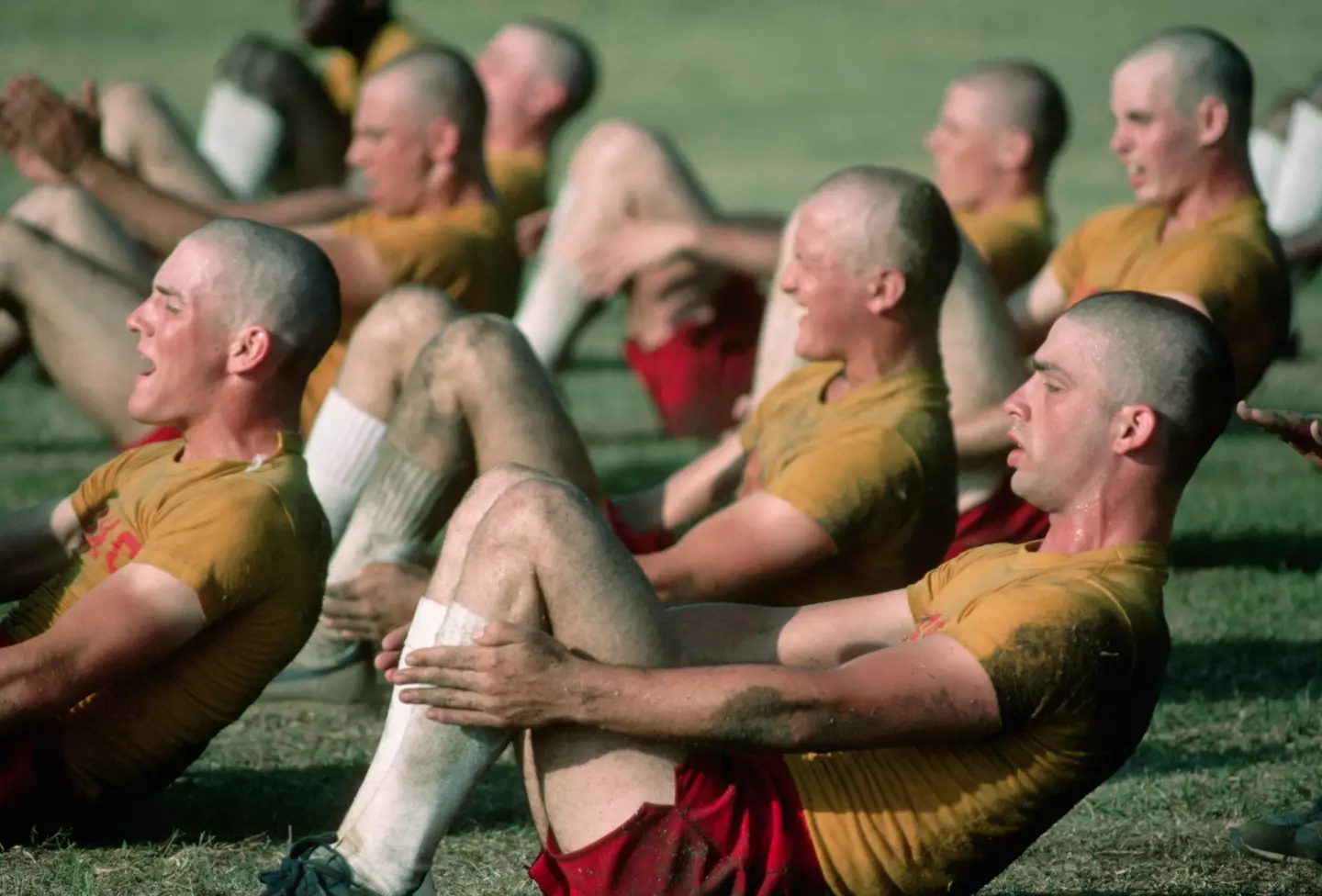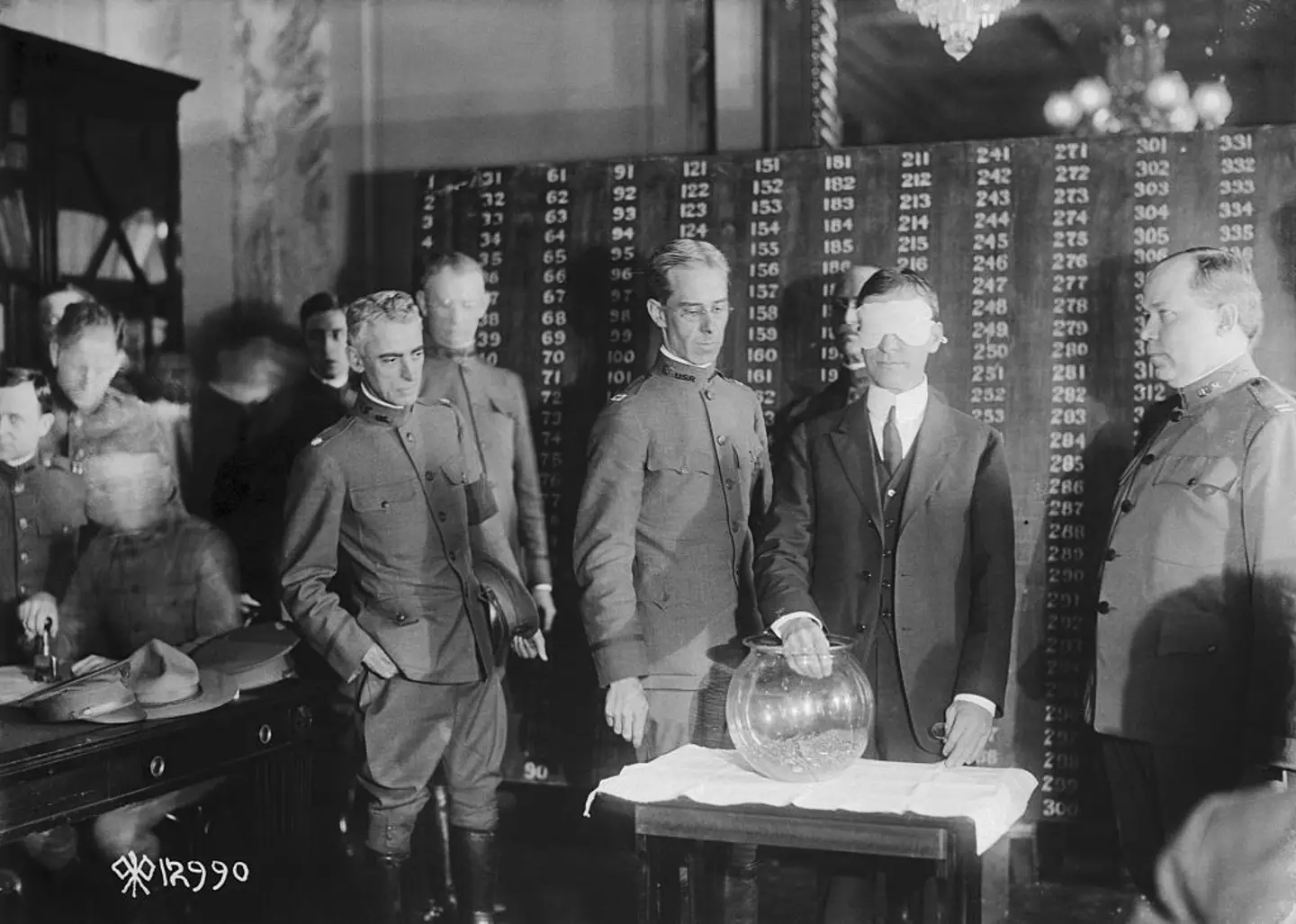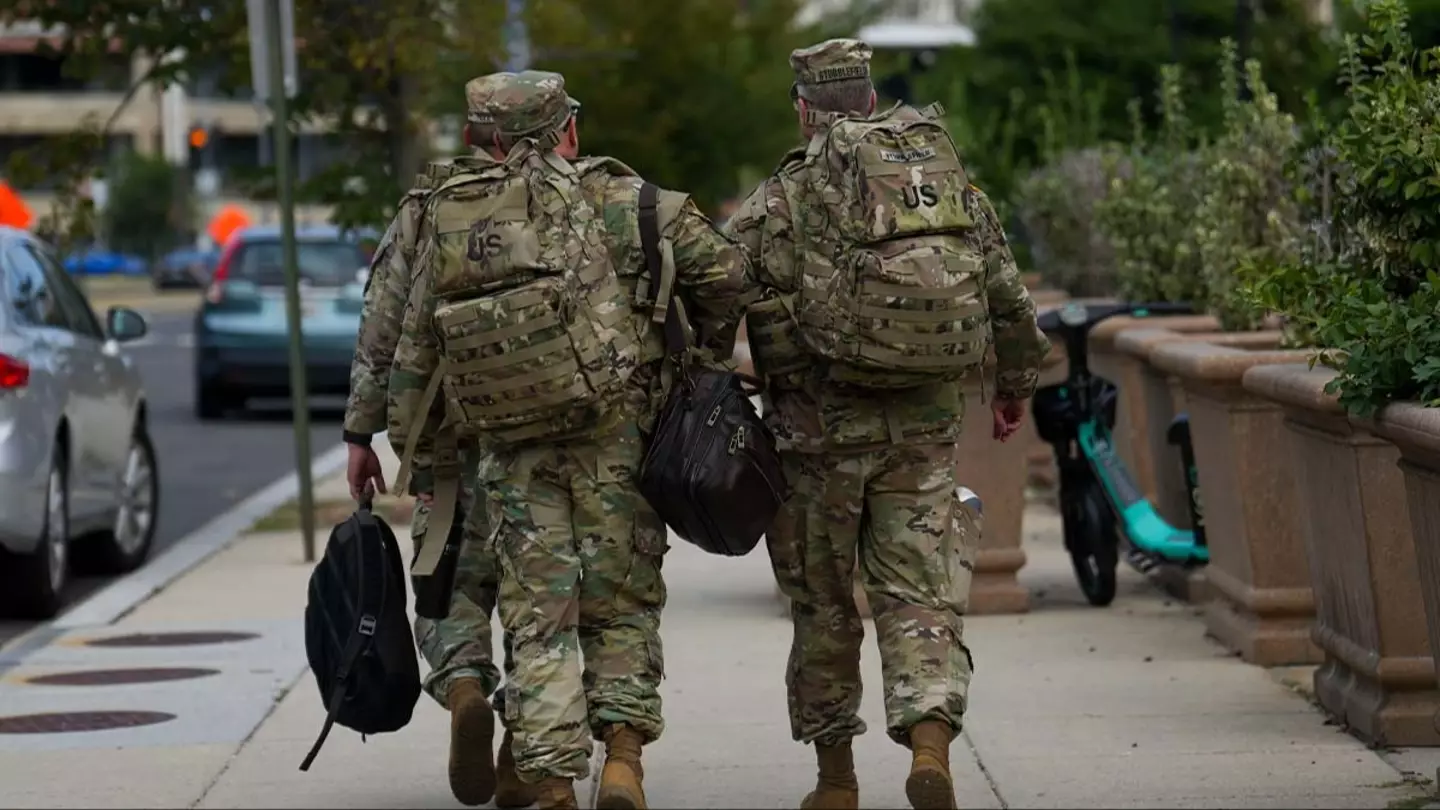As President Donald Trump is set to engage in crucial discussions with Russian President Vladimir Putin about the ongoing conflict in Eastern Europe, there are concerns that Americans might face a draft if the situation escalates.
In the event that World War III erupts, you’ll want to be informed about the possibility of being drafted. While I’m not personally affected, as I’m British and would hope to remain uninvolved until later, this is an important topic for those in the United States.
Since reclaiming the presidency in January, the 79-year-old Republican has been advocating for an end to Russia’s invasion of Ukraine, but so far, these efforts have not yielded results.
The current administration has introduced an additional incentive for involvement by negotiating a minerals agreement, which involves the US setting up a reconstruction investment fund. This initiative aims to partner with its western ally to help rebuild Ukraine’s damaged infrastructure.
Additionally, Trump ordered airstrikes on nuclear facilities in Iran back in June, further complicating the geopolitical landscape.
Since 1917, the United States has utilized the Selective Service System to draft soldiers, effectively a lottery system for those aged 18 to 25 residing in the US.
During the Vietnam War, which lasted from 1954 to 1975, approximately 1.9 million individuals were conscripted into military service.
Even today, Americans are required to register with the Selective Service System, despite the absence of an active draft call. Failing to register can result in a substantial fine of up to $250,000.
Currently, registration is mandatory only for young men, although there is ongoing discussion about including women under the Selective Service Act of 1917.
The draft also encompasses refugees, green card holders, and undocumented immigrants.

As previously noted, women are not currently included in the draft. Individuals with significant disabilities may also be exempt, though they are still required to register.
Conscientious objectors, such as Desmond Doss, a US Army medic depicted in the movie “Hacksaw Ridge,” may be deferred based on national need. Full-time students, those in the tech infrastructure sector, and essential workers could also be deferred.
Parents and primary caregivers might qualify for hardship deferments as well.
Typically, men turning 20 in the year the draft is initiated are the first to be selected. For instance, if conscription began this year, individuals born in 2005 would be the first to be drafted.
The process continues sequentially, with those turning 21 being next, followed by 22-year-olds, and so on, until reaching 26, at which point men are no longer eligible for the draft.
Men aged 18 and 19 would be considered after those aged 20 to 25 have been called.
The draft process would be covered live on national television and likely live-streamed on social media platforms in the current era.

The draft operates similarly to a lottery, with two large air lottery machines involved. The first contains 365 balls (366 for leap years), each labeled with a date and month.
The second machine contains the same number of balls, each marked with the numbers one to 366.
The Government’s Selective Service System page provides further details:
“One lottery ball is drawn randomly from the machine containing those with dates marked on them, and one is then drawn from the machine containing balls with numbers 1 through 365 (366 if the draft will call men born during a leap year) marked on them,” it explains.
“The date and number are paired to establish the sequence number for each birth date. For example, if the date August 4 is drawn first from the ‘date’ machine, and the sequence number of 32 is drawn from the ‘numbers’ machine at the same time, then those men turning 20 on August 4 would be ordered for induction processing only after men whose birthdays drew sequence numbers 1-31.”
“The drawings continue until all 365 (or 366) birthdays of the year are paired with a sequence number.”
Once the lottery is complete and the results are certified, the sequence of call is sent to the Selective Service System, and notification letters are dispatched promptly.
These letters are sent “to men whose birth dates drew the lowest lottery numbers, starting with sequence number 1.”

